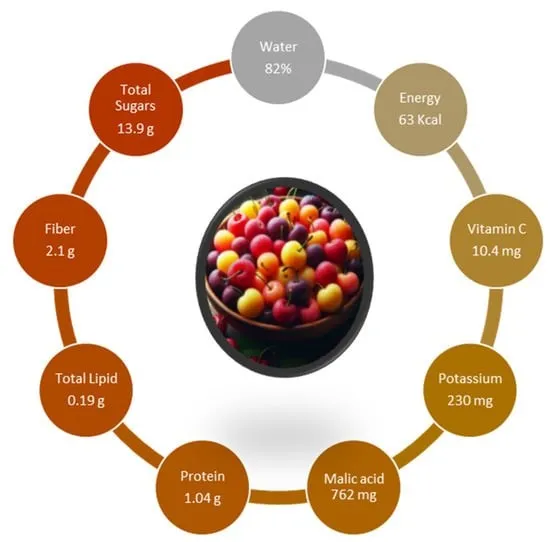In recent years, favourable climatic conditions and growing immunity to bactericides have set the stage for an increase in bacterial blight in many Northwest cherry orchards. Last year's bacterial blight was described as the worst in 37 years by plant pathologist Gary Grove of Washington State University. Grove and colleague Youfu Zhao conducted a study of fungal pathogens in cherry orchards, identifying several pathogens, but highlighting bacterial cancer as the main threat.
Zhao analysed samples from 57 orchards, identifying the pathogen Pseudomonas syringae and checking for resistance to copper and kasugamycin. The results show widespread resistance to copper, and some strains show resistance to both treatments. Zhao emphasises the importance of cultural practices to minimise damage, as the inappropriate use of products could aggravate the situation.
To avoid infection, it is recommended to prune only in dry weather conditions, especially in summer, and to adopt strategies such as painting the trunks white to prevent winter injury. Winter pruning can be safe if conditions are dry, but for new plantings, headcuts during sensitive weather conditions can encourage infection.
Zhao recommends collecting samples for analysis if resistance is suspected in orchards. Copper resistance is widespread, and irrigating resistant strains can make the situation worse. Zhao has also identified a new risk, P. syringae pv. morsprunorum, but there is currently no indication that it is more dangerous.
Zhao has also identified two subspecies of P. syringae, further complicating the situation. For growers, the key is to understand that the bacterium overwinters in cankers and buds, spreading through wounds during wet conditions in spring and autumn. Bactericide resistance is a serious problem, and Zhao recommends practices such as pruning during dry times, especially in summer, and switching from sprinkler to drip irrigation to keep the environment as dry as possible.
Irrigation to induce bud break in spring is risky, and Zhao suggests planning carefully for weather conditions. Early leaf fall with chemical treatments can reduce the risk of infection in the autumn. Finally, Bishop, together with Zhao and Sallato, emphasises the importance of cultural practices in managing the disease, considering it manageable with careful orchard management.
Read the full article: Good Fruit Grower
Image: Good Fruit Grower
Cherry Times - All rights reserved












